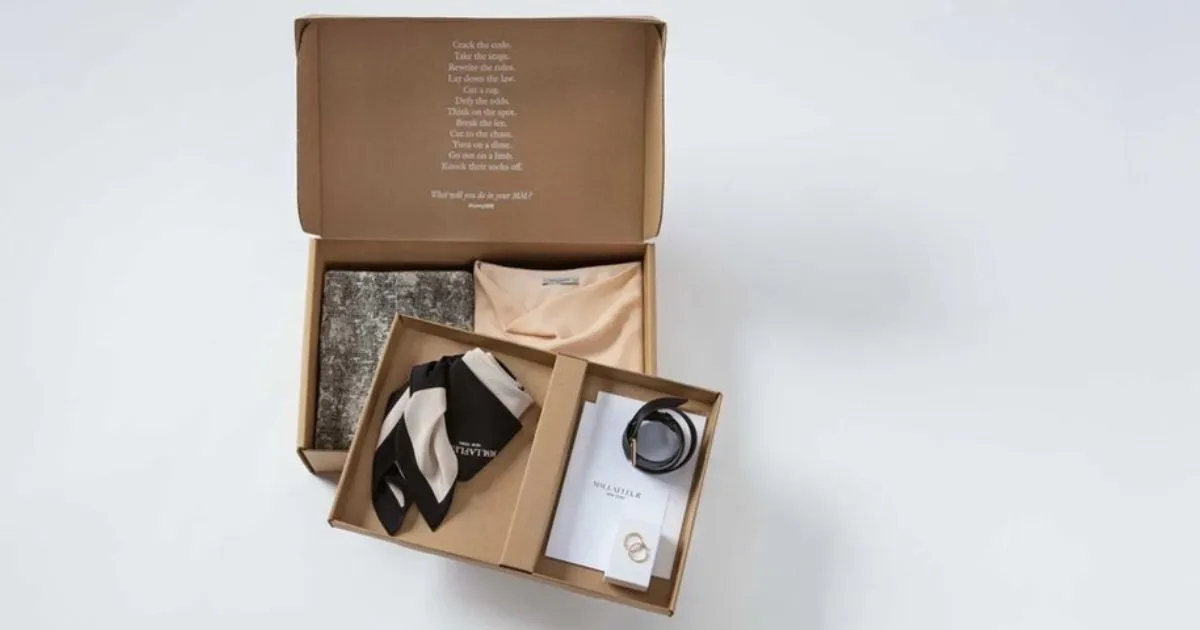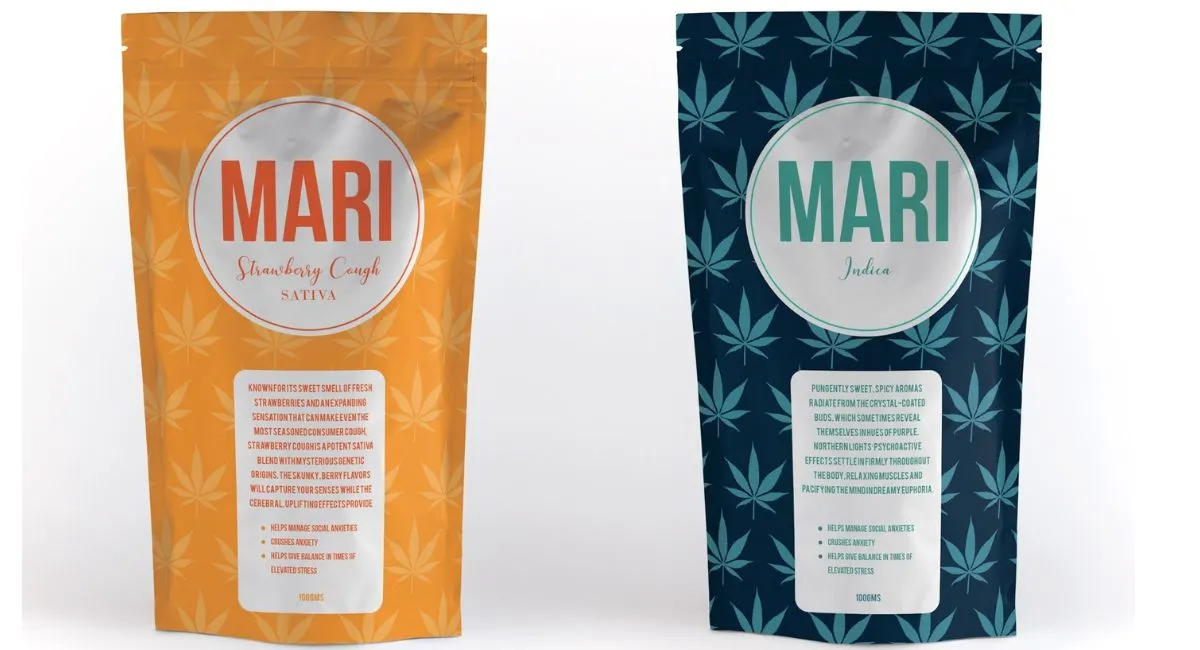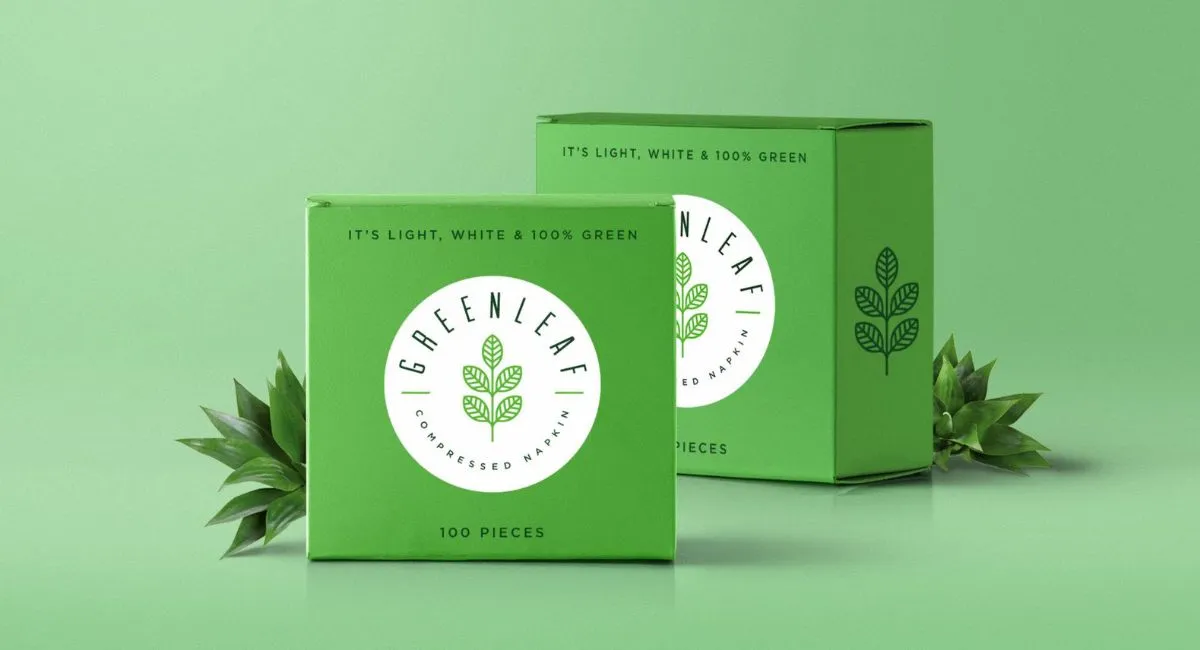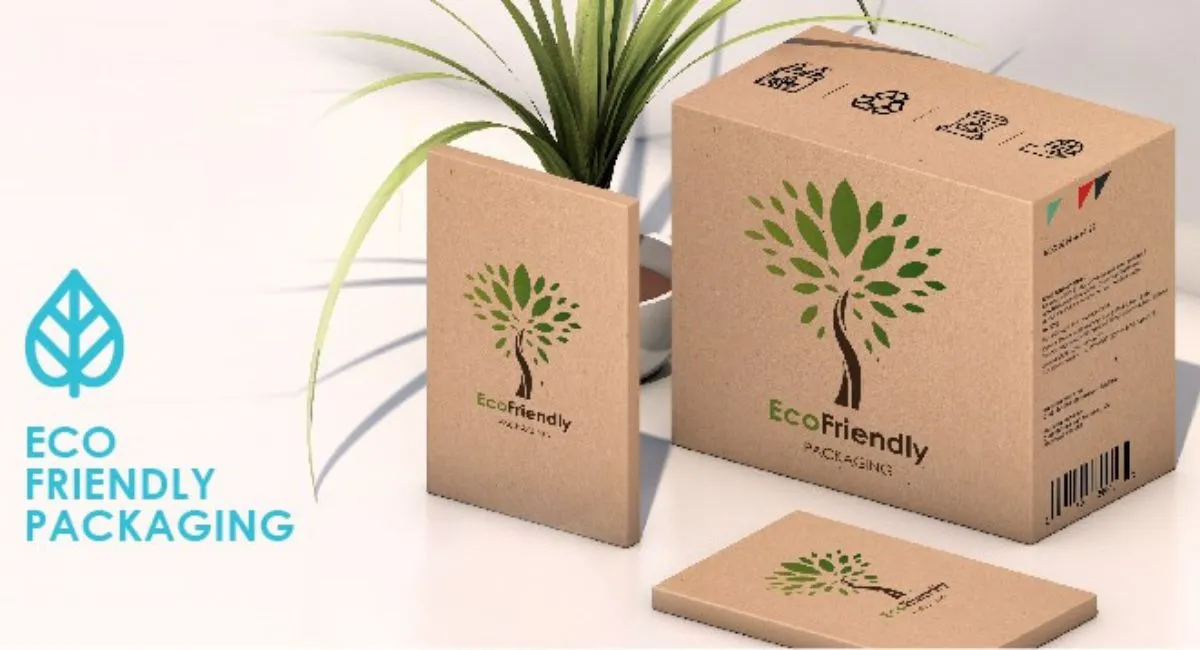4 Popular Types of Paperboard Grades For Packaging
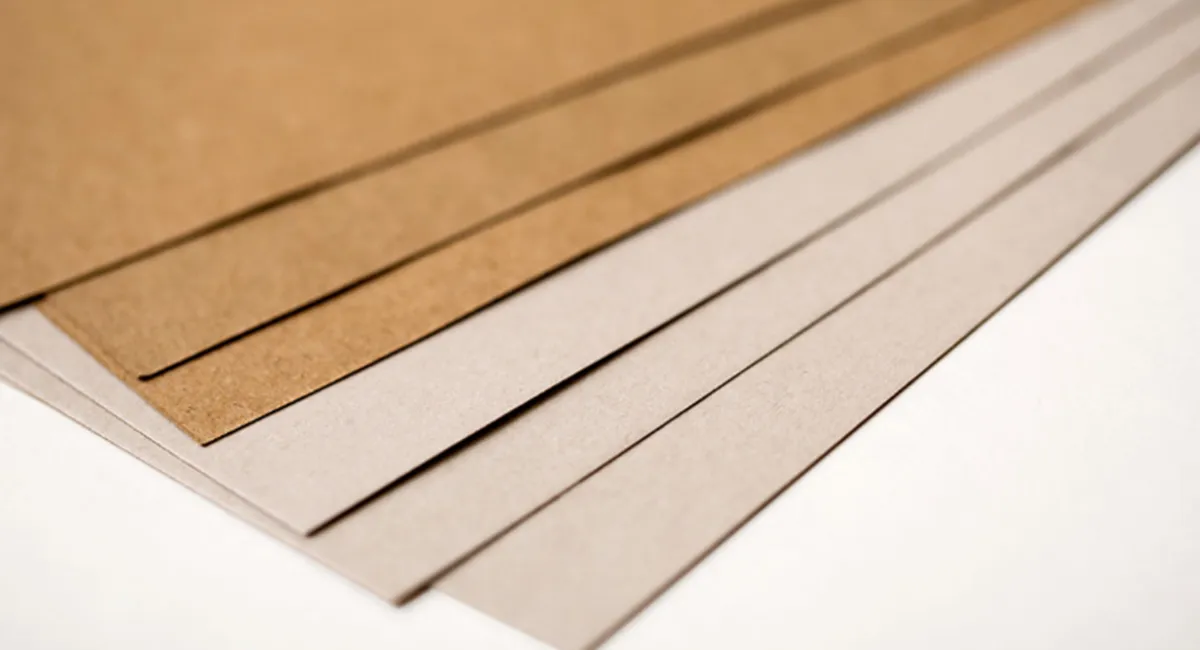
In the dynamic world of packaging, paperboard remains a favourite among manufacturers for its versatility, sustainability, and cost-effectiveness. Paperboard, a thick paper-based material, is widely used for packaging everything from small consumer goods to large electronics. Its popularity stems from its ability to be easily cut, folded, and formed, making it an ideal choice for various packaging needs. This blog post will explore four popular types of paperboard grades commonly used in the packaging industry.
SBS (Solid Bleached Sulfate)
Solid Bleached Sulfate (SBS) paperboard is known for its strength, printing capabilities, and premium appearance. Made from bleached virgin wood pulp, SBS is predominantly white, providing an excellent surface for high-quality printing. This characteristic makes it a top choice for cosmetic, pharmaceutical, and high-end food packaging. Its bleaching process ensures that the paperboard is free of impurities, resulting in a clean, crisp finish that enhances the visual appeal of the product it encases.
CUK (Coated Unbleached Kraft)
Coated Unbleached Kraft (CUK), also known as Clay-Coated Kraft (CCK), presents a more natural look than SBS, as it is not fully bleached. This grade of paperboard is appreciated for its durability and moisture resistance, making it suitable for packaging products that require a higher level of protection, such as beverages and frozen foods. The outer layer of CUK is coated with a thin layer of clay or similar materials, improving its printability and giving it a slight sheen. Its robustness and eco-friendly nature, due to being made from unbleached pulp, make CUK a popular choice for environmentally conscious brands.
FBB (Folding Box Board)
A Folding Box Board (FBB) is a multi-layered paperboard with a middle layer of mechanical pulp between two layers of chemical pulp. The top layer is often bleached and coated to provide a bright, smooth surface for printing. FBB is renowned for its stiffness and folding endurance, which are essential for packaging to maintain its shape and integrity throughout its lifecycle. This grade is frequently used in the pharmaceutical, cosmetics, and confectionery industries, where the combination of aesthetic appeal and structural durability is crucial.
CCNB (Clay-Coated News Back)
Clay-Coated News Back (CCNB) is an economical and environmentally friendly paperboard option made from recycled newsprint and other paper materials. It features a recycled paper core and a coated, bleached top layer for printing. Although it may not offer the same strength or printing quality as the other grades mentioned, CCNB is highly valued for its sustainability and cost-effectiveness. This type of paperboard is often used for less demanding packaging applications, such as cereal boxes, shoe boxes, and other dry goods.
Conclusion
The choice of paperboard grade depends on the specific requirements of the packaging project, including the need for durability, print quality, and environmental considerations. Each type of paperboard offers unique advantages, from the premium feel and high printability of SBS to the eco-friendliness and cost-efficiency of CCNB. Understanding the characteristics and applications of these popular paperboard grades can help businesses select the most appropriate material for their packaging needs, balancing aesthetic appeal with functional performance and sustainability. Whether you’re packaging luxury cosmetics, frozen foods, or everyday consumer goods, there’s a paperboard grade that fits the bill.
